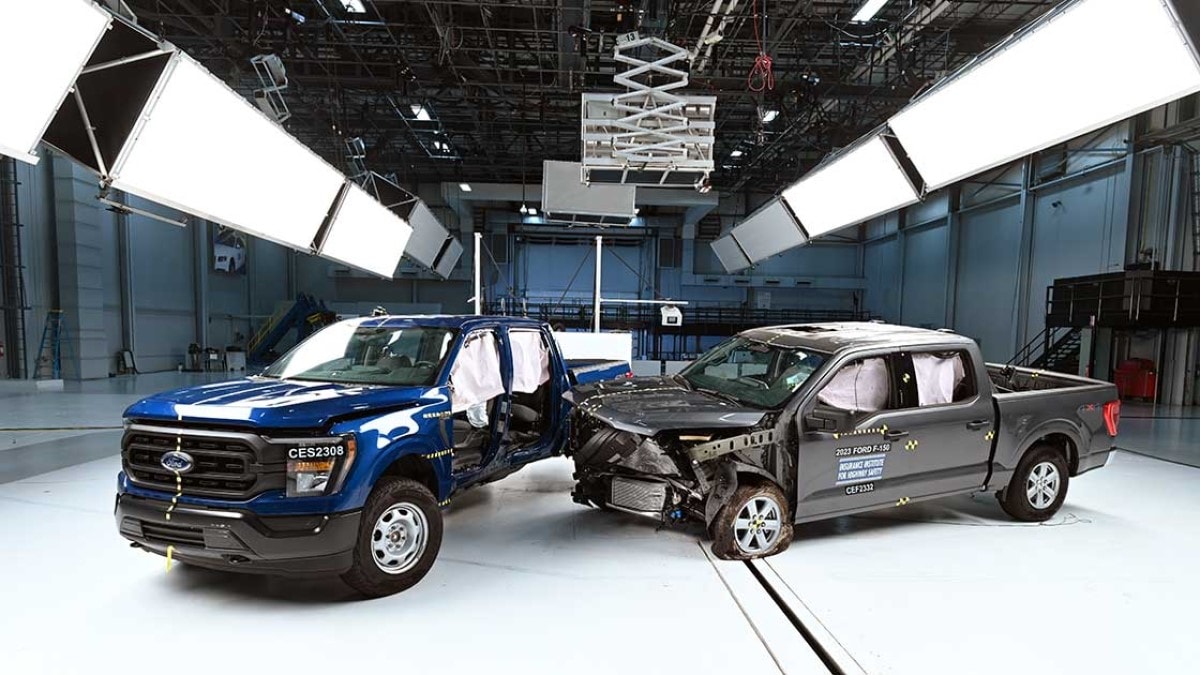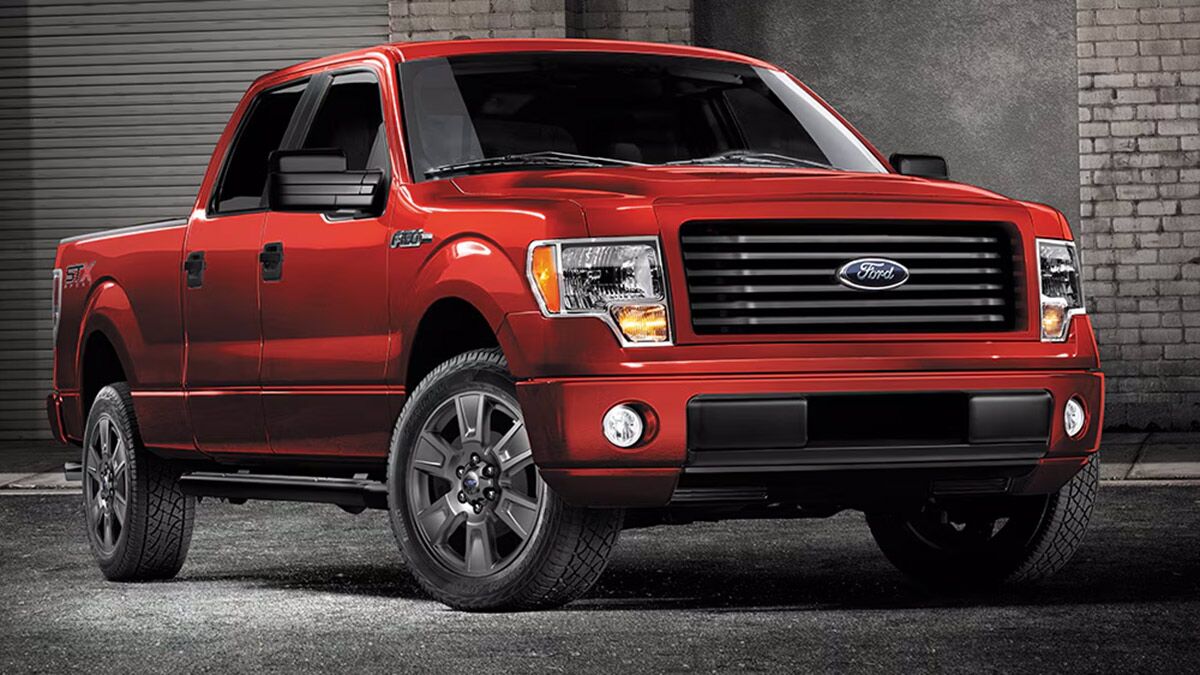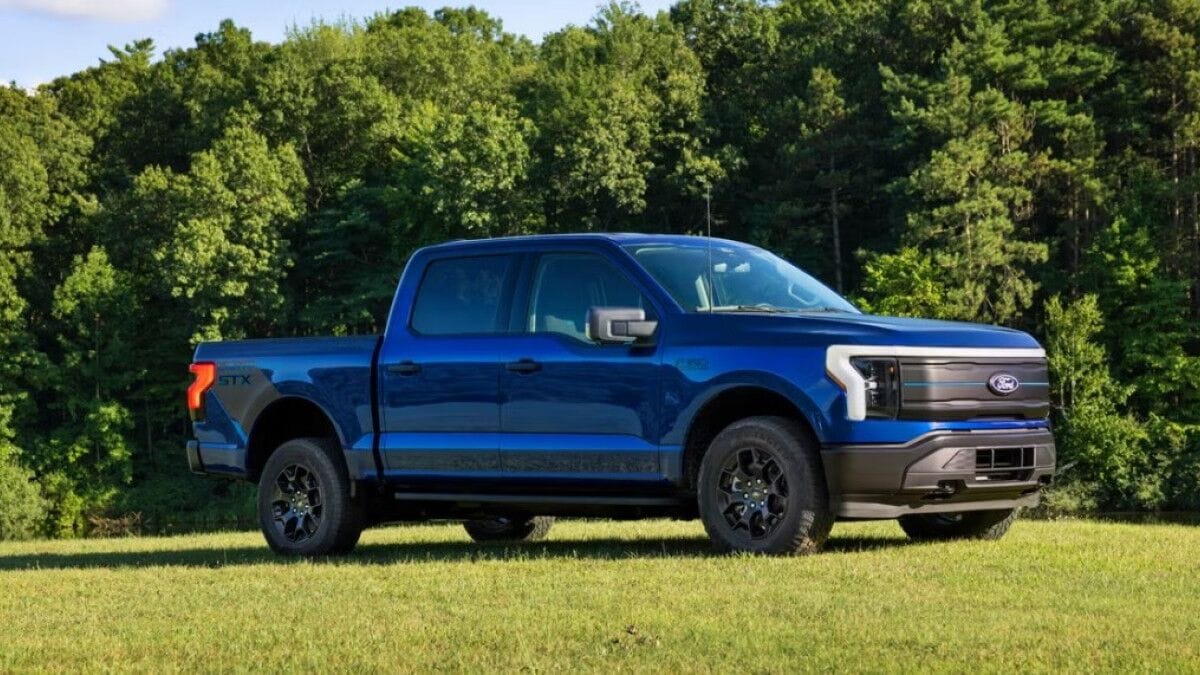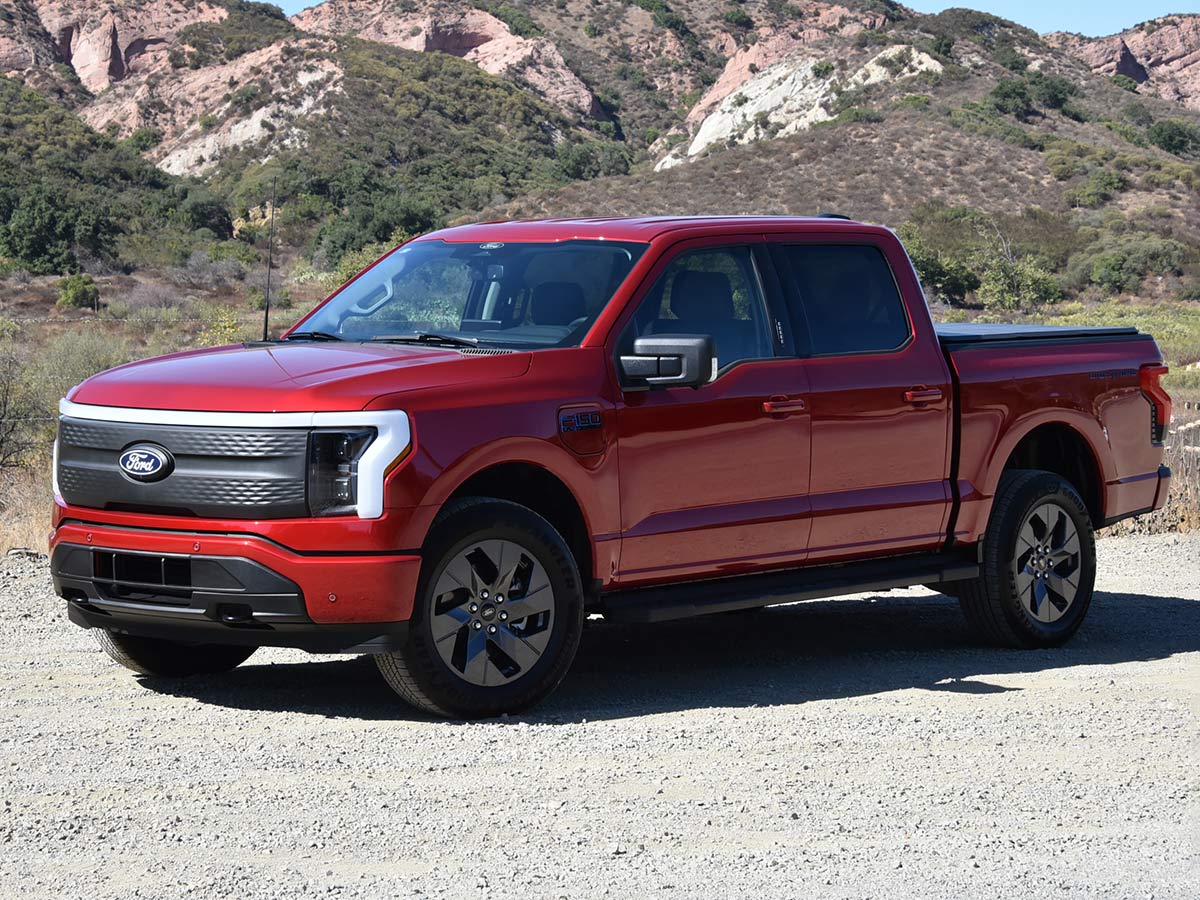Full-size pickups underperformed in a new crash test that evaluates safety for rear-seat passengers. Only one of the four trucks tested achieved better than the worst possible score.
But they’re hardly the only vehicles to struggle with the test. The same agency has been rolling out a new testing procedure for every type of car. So far, every type tested has posted disappointing scores.
Related: Car Safety Ratings and How They Work
America’s Two Crash-Testing Agencies
Many countries have a crash testing agency, but America is the only one we know of with two.
One answers to taxpayers. The federal government’s National Highway Traffic Safety Administration (NHTSA) tests nearly every model for sale every year. It was not involved in these tests.
The other answers to insurance companies. Insurance companies make more money if crashes are rare and minor. So, a group of them fund their own safety agency – the Insurance Institute for Highway Safety (IIHS).
We recommend car shoppers look up scores for both on any model they’re considering. But many in the auto industry consider the IIHS the tougher grader.
That’s because NHTSA must send every proposed new test through a lengthy public comment period, where lobbyists often water it down.
When IIHS wants to make a test harder, they make the test harder. Their bosses – your insurance company – want them to be as tough as possible.
So, the institute often pushes the auto industry to develop safer cars because it tends to have the toughest crash tests we know of.
The Latest Change: A Child-Size Dummy in the Back
The IIHS has long performed a moderate overlap frontal crash test – a test that shows what happens when two cars hit each other off-center, as often happens in intersections.
Last year, the institute added a child-size dummy to the rear seat for that test. The dummy is wired to measure the likelihood of injuries common to rear-seat passengers.
The IIHS says it “launched the updated moderate overlap front test last year after research showed that in newer vehicles, the risk of a fatal injury is now higher for belted occupants in the second row than for those in front.”
That’s not because second rows have grown less safe. “Rather, the front seat has become safer because of improved airbags and advanced seat belts that are rarely available in the back,” the IIHS explains.
The results have not been good. So far, the institute has released scores for midsize cars, small cars, minivans, midsize SUVs, and midsize trucks. Every class tested has struggled to keep the rear-seat dummy safe.
The Results
The agency rates vehicles as Good, Acceptable, Marginal, or Poor based on the likelihood of injuries to the driver and, now, second-row passenger.
Of four full-size trucks tested, just one avoided the worst possible overall score.
| Vehicle | Overall Rating | Driver Restraints & Kinematics Score | Rear Passenger Restraints & Kinematics Score |
| 2023 Toyota Tundra | Marginal | Good | Poor |
| 2023 Chevy Silverado | Poor | Good | Poor |
| 2023 Ford F-150 | Poor | Good | Poor |
| 2023 Ram 1500 | Poor | Good | Poor |
Why They Struggled
As in other classes subjected to the new tests, the rear-seat dummy revealed an engineering problem with today’s vehicles.
“Submarining,” when the dummy slides forward beneath the lap belt, “was a problem for all four pickups,” explains IIHS President David Harkey. Seatbelts are supposed to stay on the pelvis, where the rigid structure of bones can resist accident forces. If they ride up into the abdomen instead, they can damage internal organs.
The Tundra did better than other trucks, Harkey says, because it controlled the actual forces on the dummy’s body better as the truck slowed more gradually.
Don’t Move Children Up Front
The results might tempt you to buckle children in the front seat instead. Don’t, the IIHS says. “Even with these developments, the back seat remains the safest place for children, who can be injured by an inflating front airbag, and the rating does not apply to children secured properly in child safety seats.”








